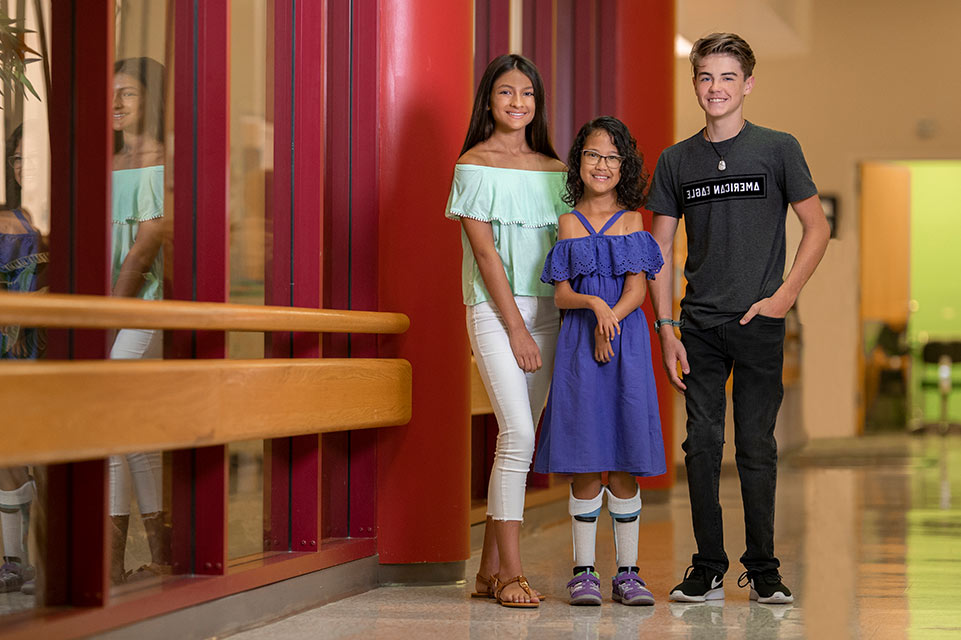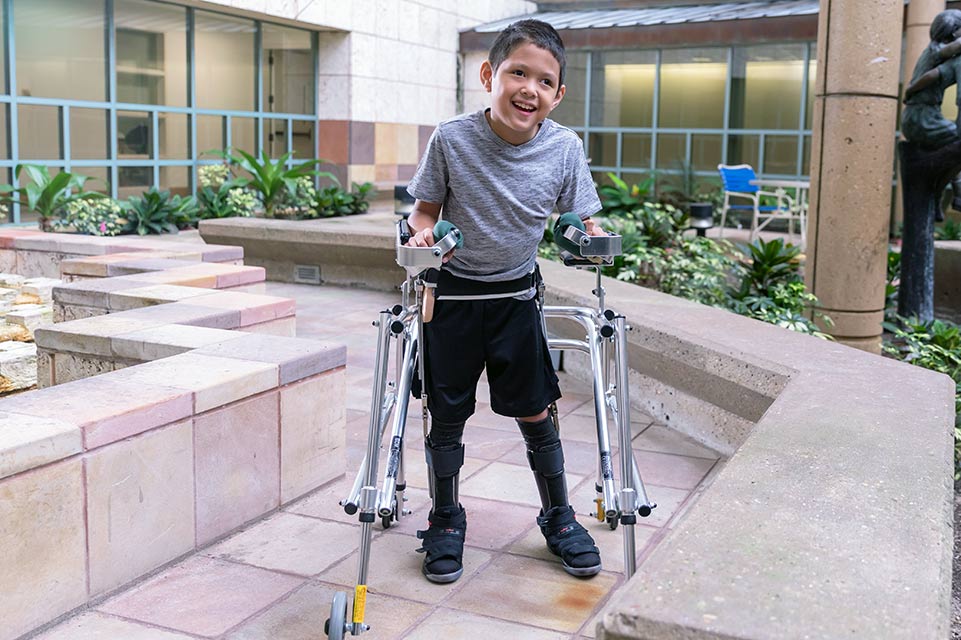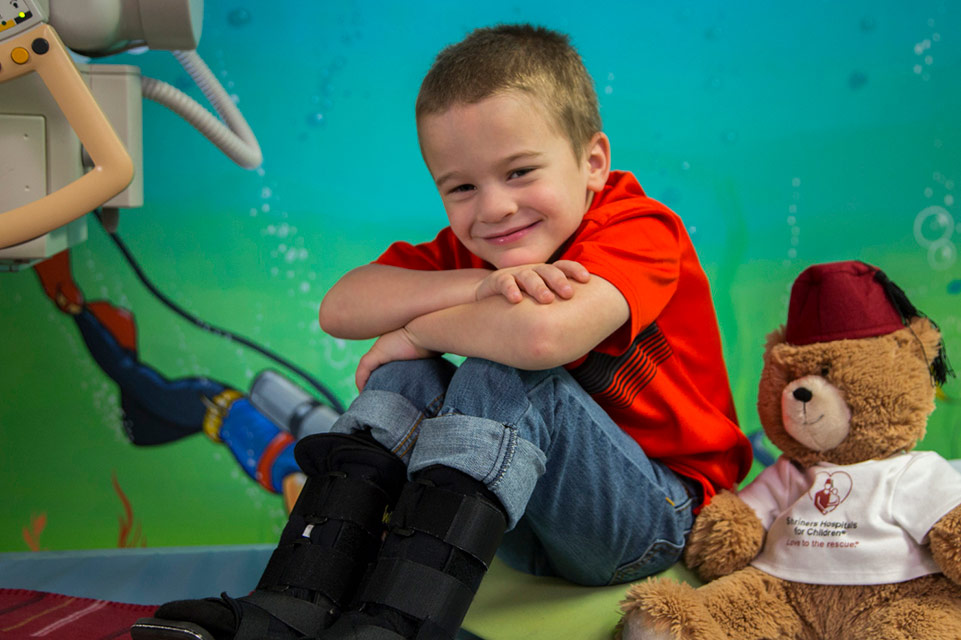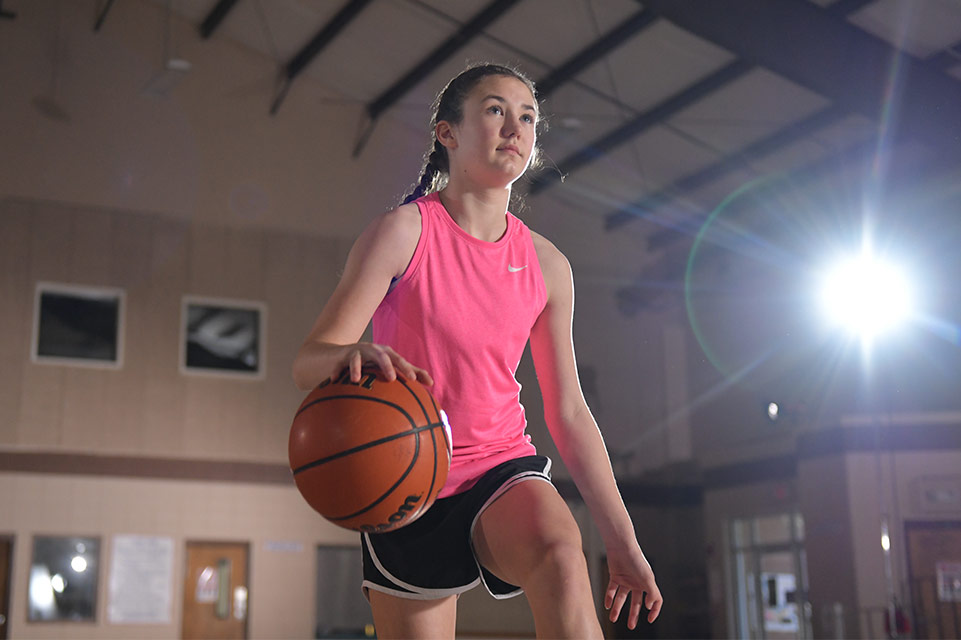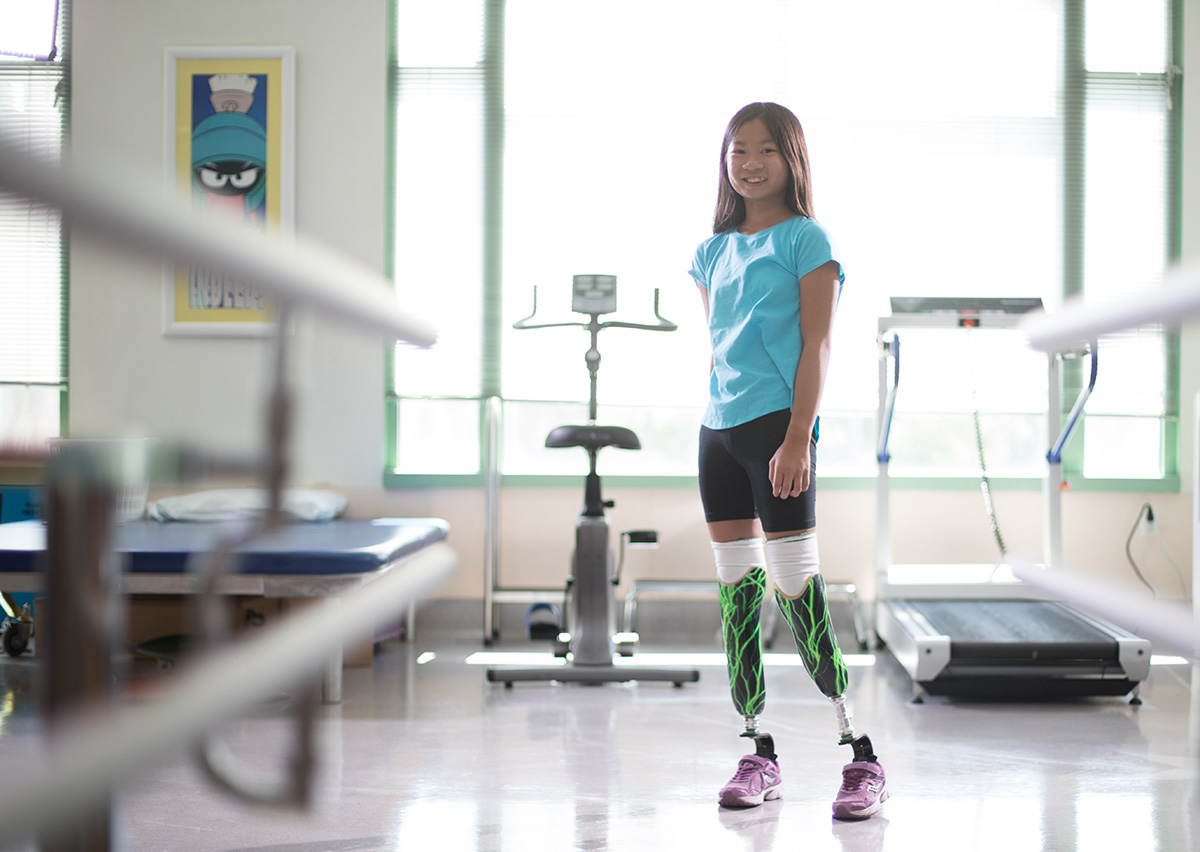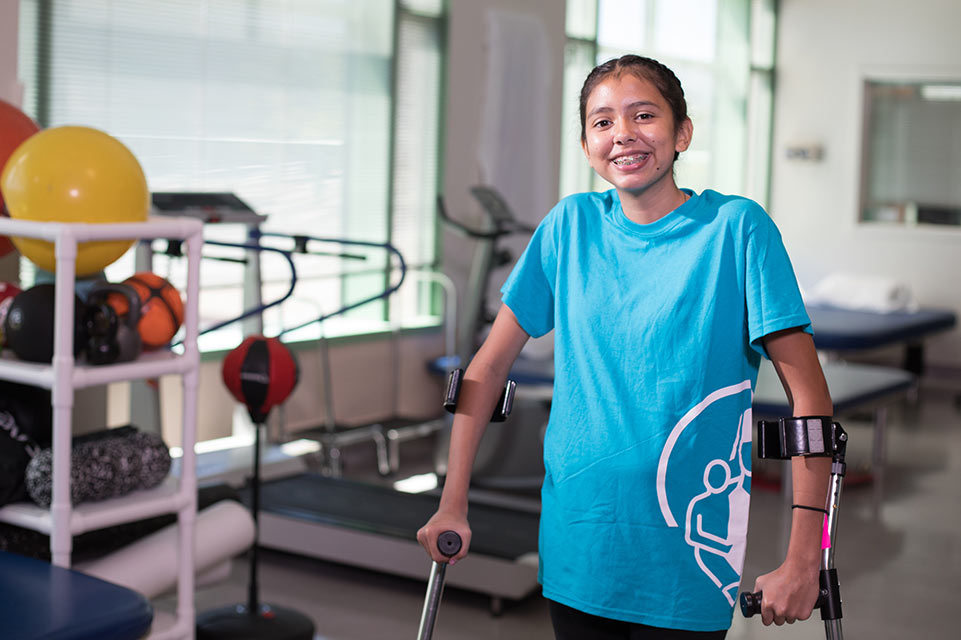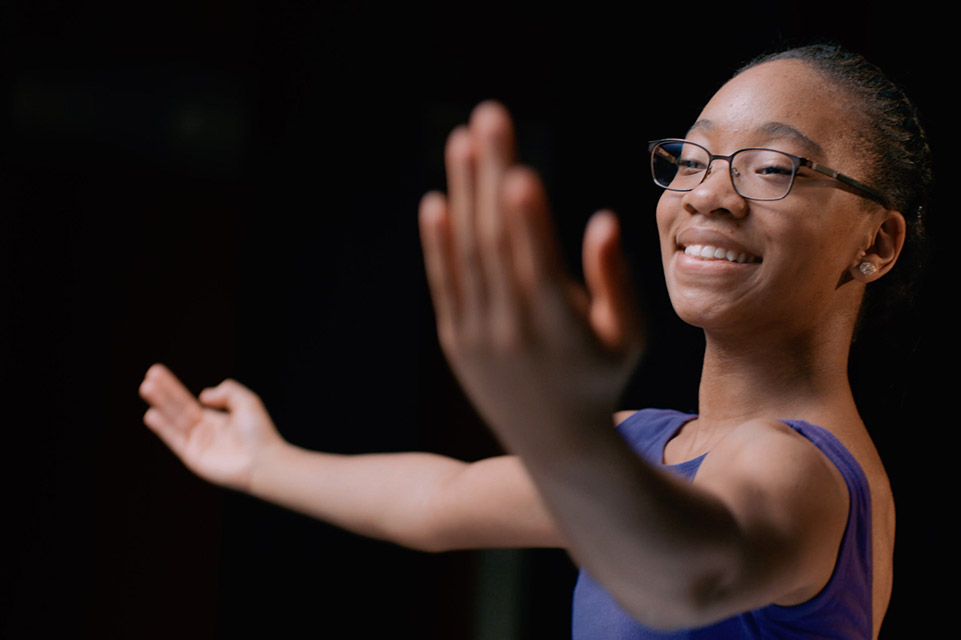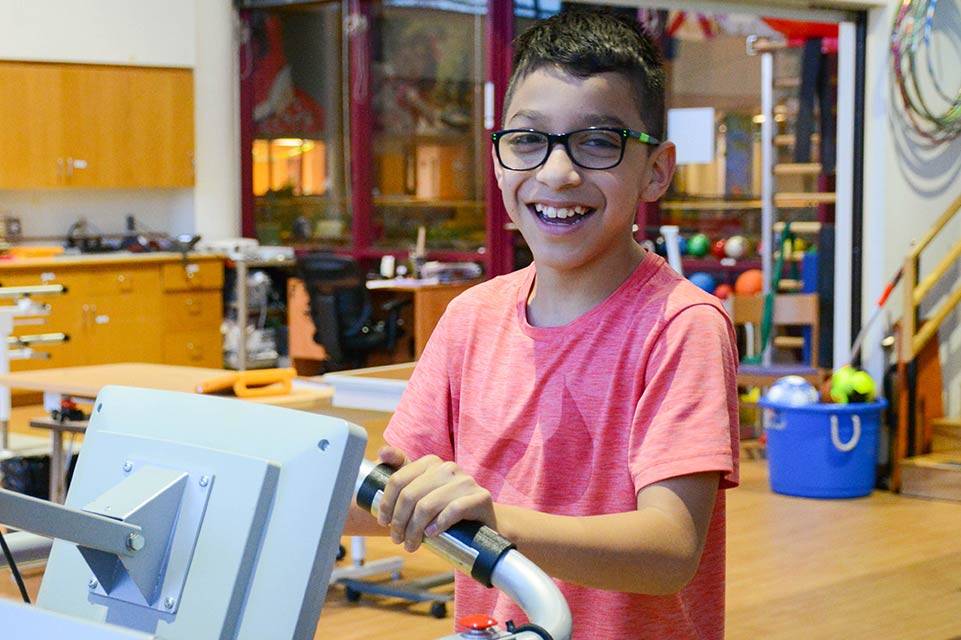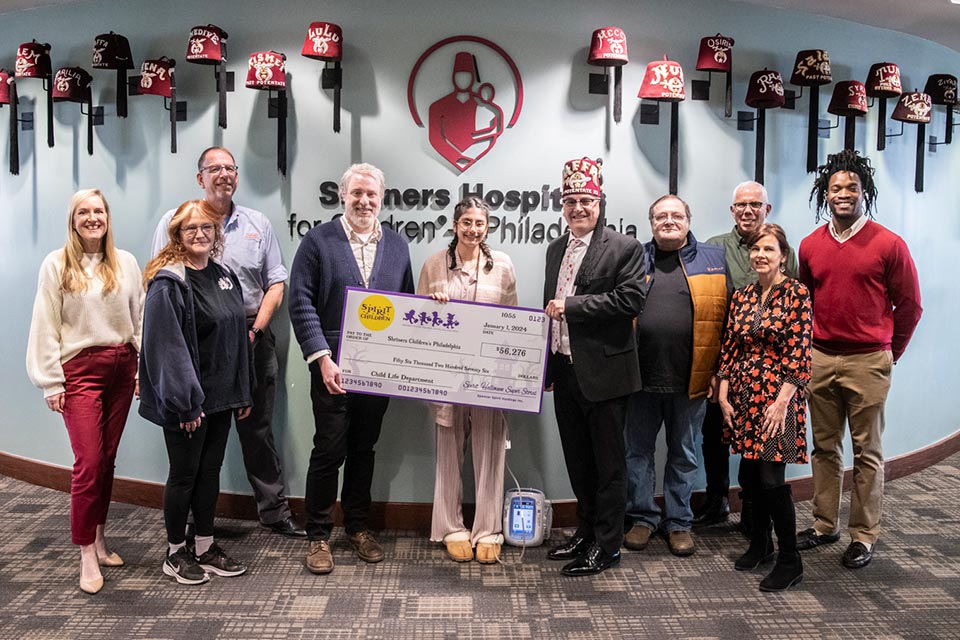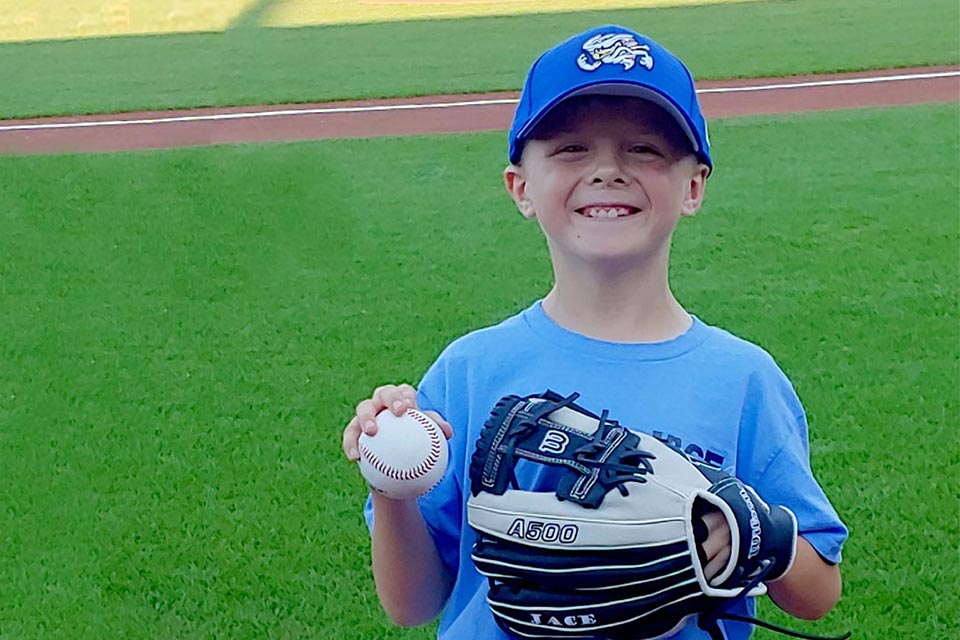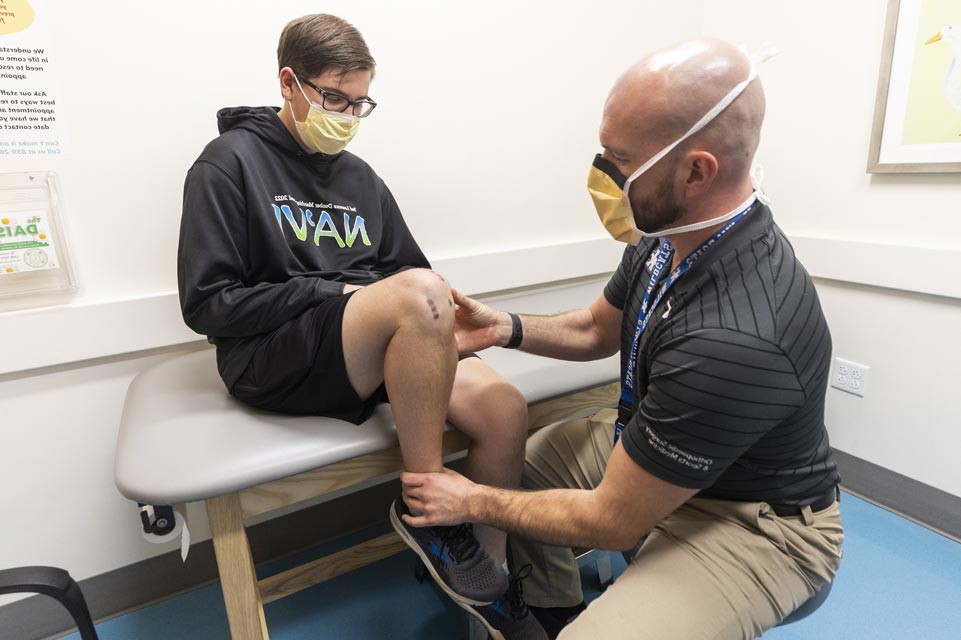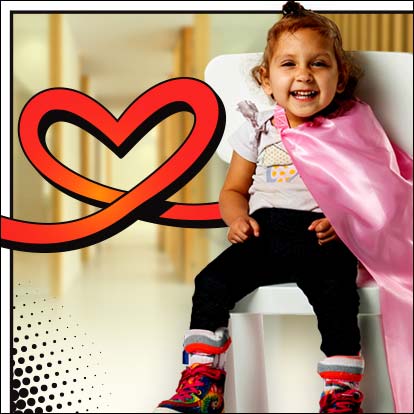
Help Unlock a Child’s Superpowers!
Make a gift and a kid like Naomi will get the book "What Makes a Superhero?"
Give Today
Pediatric Specialty Care in the Twin Cities

Gifts of all kinds help Shriners Children’s Twin Cities provide the Most Amazing Care Anywhere
About Shriners Children's Twin Cities
Our experienced care team brings hope and healing. We're driven to make lives richer, easier and less complex for children and families in the Upper Midwest and beyond.
Specialty Care Provided at the Twin Cities
We Understand the Unique Medical Needs of Children
We provide vital, pioneering treatment from birth to age 18. Here, children have the opportunity to be evaluated and treated by doctors recognized as the best by their peers.


What's Happening at Shriners Children's Twin Cities
Upcoming Events
Shriners Children's Twin Cities: Imagine, Believe, Achieve Gala
Fundraiser 31 May
Help Us Provide the Gift of Hope and Healing
Every gift has an impact, which is why there are multiple ways you can help.
Satellite Clinics

Shriners Children's Boys Town Clinic
14040 Boys Town Hospital Rd
Boys Town, Nebraska, 68010

Shriners Children's Rapid City Clinic
Black Hills Orthopedic & Spine Center
7220 Mt. Rushmore Rd.
Rapid City, South Dakota, 57702
Keep In Touch
Join our mailing list to stay up to date on everything that's happening at Shriners Children's.

